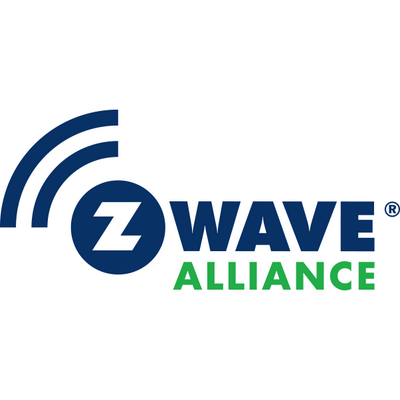Exploring the Reasons Behind the Obscurity of Z-Wave Smart Home Devices
Introduction:
In the realm of smart homes, Z-Wave technology offers users a convenient smart home experience through its wireless communication protocol. However, despite its powerful features and high reliability, Z-Wave smart devices remain relatively obscure in the market. This article aims to delve into the reasons why the use of Z-Wave smart home devices is considered niche and analyze the underlying factors.
- Standard limitations and proprietary technology: As a proprietary wireless communication technology, Z-Wave’s standards and protocols are relatively closed compared to other open standards like Wi-Fi and Zigbee. This limitation results in fewer manufacturers and developers participating in the ecosystem. There by restricting the variety of devices available and reducing market competitiveness.
- Relatively higher prices: Z-Wave devices are generally priced higher compared to other smart home technologies. This could be attributed to factors such as proprietary technology, limited market competition, and a smaller user base. For some smart home users, more affordable options may be more appealing.
- Lack of widespread brand recognition: Z-Wave has relatively lower brand recognition among regular users compared to well-known smart home brands and technologies. The lack of widespread brand awareness raises doubts among certain users, leading them to opt for more familiar brands.
- Installation and configuration complexity: Installing and configuring Z-Wave devices may require more technical knowledge and professional assistance compared to some other smart home technologies. This could be a hindrance for average consumers, making them lean toward simpler and more user-friendly smart home solutions.
- Insufficient marketing and promotion: In comparison to some other smart home technologies, Z-Wave has seen limited marketing and promotional activities. The lack of advertising and promotion makes it difficult for regular. Users to learn about the advantages and features of Z-Wave. There by diminishing its visibility and recognition.
However, despite Z-Wave smart devices being relatively obscure in the market. They still possess unique advantages and features that make them worth considering and trying out, such as:
- Reliability and stability: Z-Wave utilizes low-power wireless technology, offering excellent wall penetration capabilities and extended communication range, ensuring a stable and reliable connection within a home environment.
- Security: Z-Wave employs 128-bit AES encryption standards, providing a high level of security to prevent external malicious intrusions and data breaches.
- Compatibility: Z-Wave devices exhibit high interoperability, seamlessly integrating with other brands and types of Z-Wave devices to create personalized smart home solutions for users.
- Mesh networking: Z-Wave devices can form a mesh network, enabling the construction of a smart home network without the need for additional central controllers, thereby enhancing system reliability and resilience.
Conclusion:
Despite being relatively obscure in the market, Z-Wave smart devices possess unique advantages in terms of reliability, security, and compatibility. With the ongoing growth of the home market and increasing consumer demand for home solutions. We can anticipate that Z-Wave technology will garner more attention and applications in the future.



